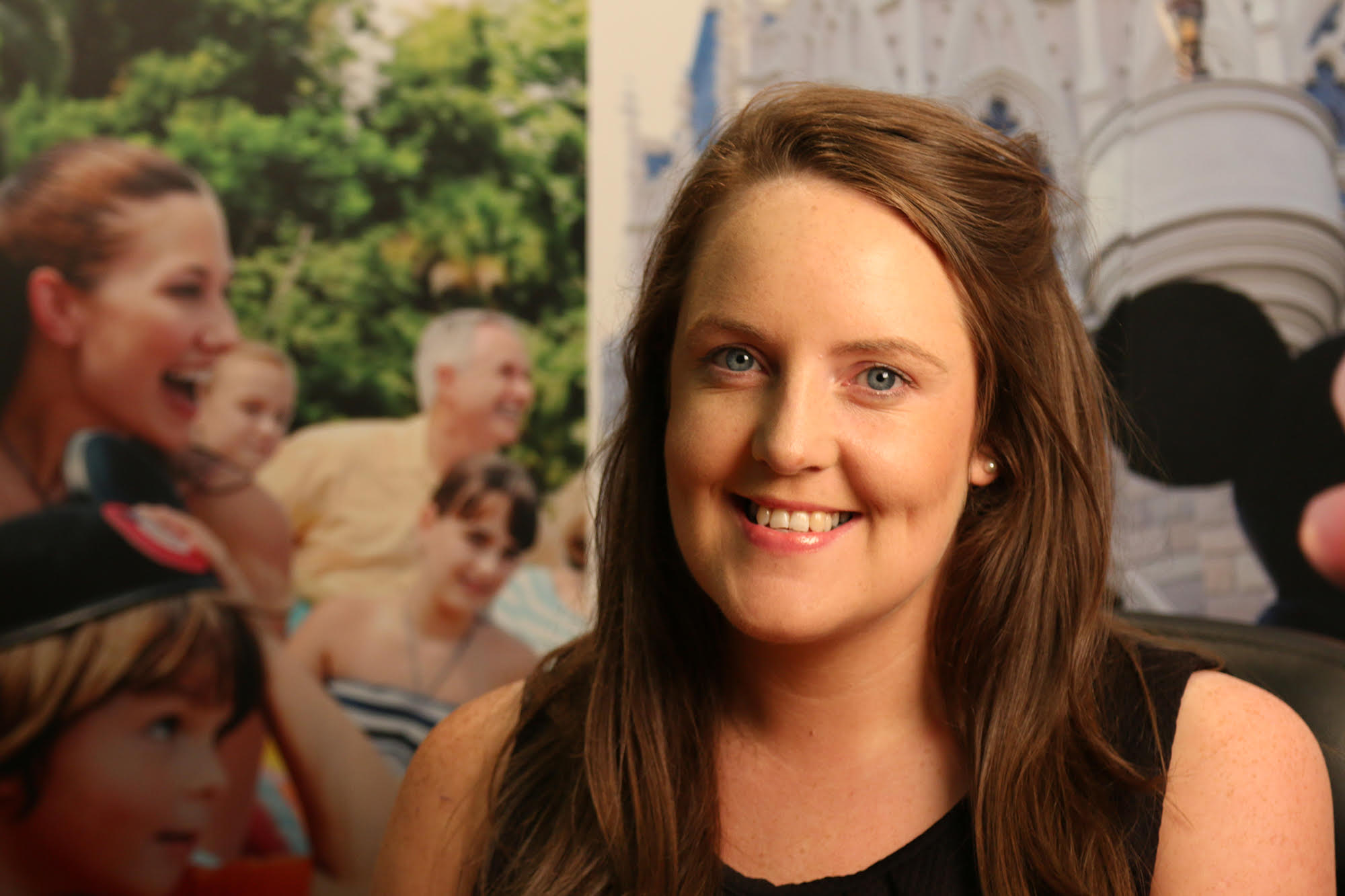DAY 1
Hotel Palace de Villapanes
Originally built in the early years of the 18th century by the first marquis of Torreblanca del Aljarafe, this stunning establishment is the ideal place to relax and enjoy the glamorous and exclusive atmosphere it has to offer. Boasting a prime location by the historic neighbourhood of Santa Cruz, just a short walk from the vibrant city centre of Seville, this traditional Andalusian hotel is close to some of the main tourist attractions of the area, such as the Cathedral and the Real Alcázar Palace, situated just a 10-minute walk from the accommodation.
DAY 2 – 3
Seville
Whether you pronounce it Seville or Sevilla, this gorgeous Spanish town is most certainly the stuff of dreams. Over 2,200 years old, Seville has a multi-layered personality; home to Flamenco, high temperatures and three UNESCO-World Heritage Sites, there is a noble ancestry to the southern Spanish town.
DAY 4
Portimão
Portimão is a major fishing port, and significant investment has been poured into transforming it into an attractive cruise port as well. The city itself is spacious and has several good shopping streets—though sadly many of the more traditional retailers have closed in the wake of the global economic crisis. There is also a lovely riverside area that just begs to be strolled (lots of the coastal cruises depart from here). Don’t leave without stopping for an alfresco lunch at the Doca da Sardinha (“sardine dock”) between the old bridge and the railway bridge. morning after breakfast leave Cochin and drive to Munnar.
DAY 5
Lisbon
Today Set on seven hills on the banks of the River Tagus, Lisbon has been the capital of Portugal since the 13th century. It is a city famous for its majestic architecture, old wooden trams, Moorish features and more than twenty centuries of history.
DAY 6
Porto
Lively, commercial Oporto is the second largest city in Portugal after Lisbon. Also called Porto for short, the word easily brings to mind the city’s most famous product – port wine. Oporto’s strategic location on the north bank of the Douro River has accounted for the town’s importance since ancient times. The Romans built a fort here where their trading route crossed the Douro, and the Moors brought their own culture to the area.
DAY 7
Vilagarcía de Arousa
DAY 8
Cruising the Bay of Biscay
DAY 9
Saint-Malo
Thrust out into the sea and bound to the mainland only by tenuous man-made causeways, romantic St-Malo has built a reputation as a breeding ground for phenomenal sailors. Many were fishermen, but others—most notably Jacques Cartier, who claimed Canada for Francis I in 1534—were New World explorers. Still, others were corsairs, “sea dogs” paid by the French crown to harass the Limeys across the Channel: legendary ones like Robert Surcouf and Duguay-Trouin helped make St-Malo rich through their pillaging, in the process earning it the nickname “the pirates’ city.”
DAY 10
Falmouth
The bustle of this resort town’s fishing harbour, yachting centre, and commercial port only adds to its charm. In the 18th century, Falmouth was the main mail-boat port for North America, and in Flushing, a village across the inlet, you can see the slate-covered houses built by prosperous mail-boat captains. A ferry service now links the two towns. On Custom House Quay, off Arwenack Street, is the King’s Pipe, an oven in which seized contraband was burned.
DAY 11
Waterford
The largest town in the Southeast and Ireland’s oldest city, Waterford was founded by the Vikings in the 9th century and was taken over by Strongbow, the Norman invader, with much bloodshed in 1170. The city resisted Cromwell’s 1649 attacks but fell the following year. It did not prosper again until 1783 when George and William Penrose set out to create “plain and cut flint glass, useful and ornamental,” and thereby set in motion a glass-manufacturing industry long without equal. The famed glassworks closed after the 2008 financial crisis, but Waterford Crystal has triumphantly risen again from the flames in a smaller, leaner version, opened in 2010 and now relocated to the Mall.
DAY 12
Dublin
Dublin is making a comeback. The decade-long “Celtic Tiger” boom era was quickly followed by the Great Recession, but The Recovery has finally taken a precarious hold. For visitors, this newer and wiser Dublin has become one of Western Europe’s most popular and delightful urban destinations. Whether or not you’re out to enjoy the old or new Dublin, you’ll find it a colossally entertaining city, all the more astonishing considering its intimate size. It is ironic and telling that James Joyce chose Dublin as the setting for his famous Ulysses, Dubliners, and A Portrait of the Artist as a Young Man because it was a “centre of paralysis” where nothing much ever changed. This only proves that even the greats get it wrong sometimes.




























